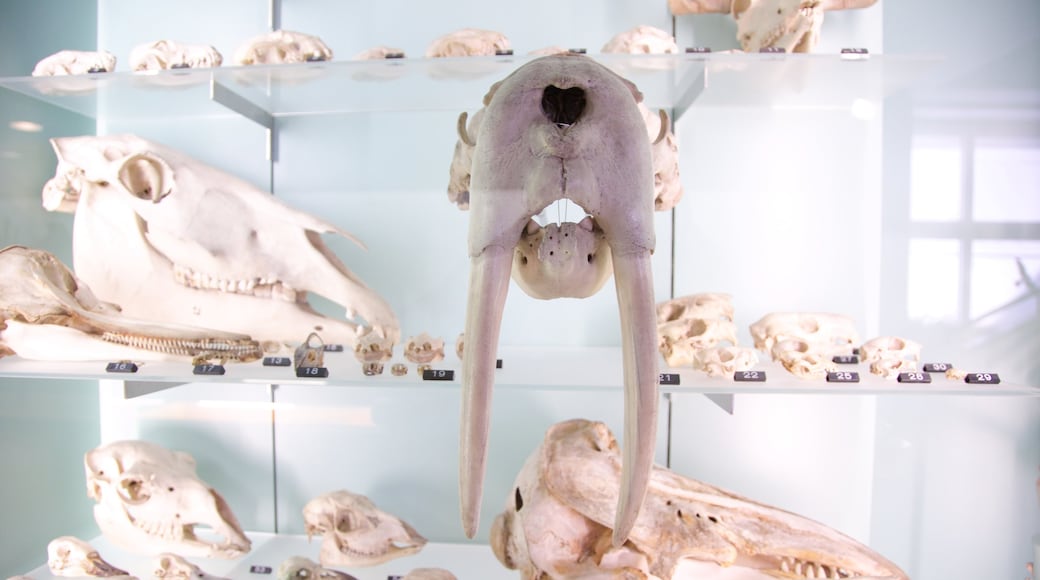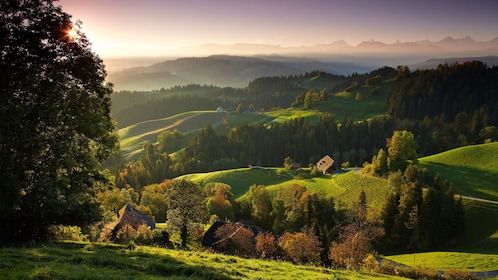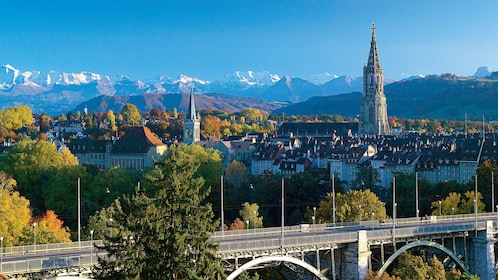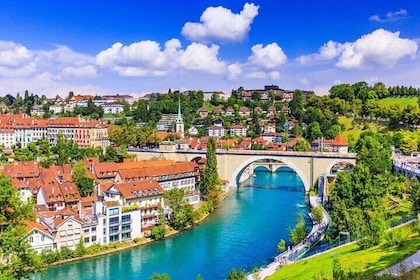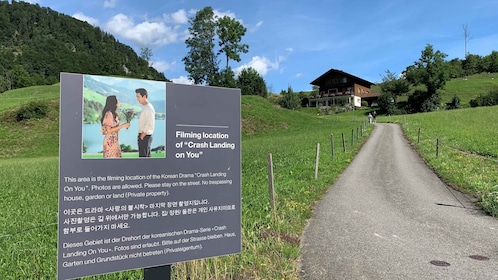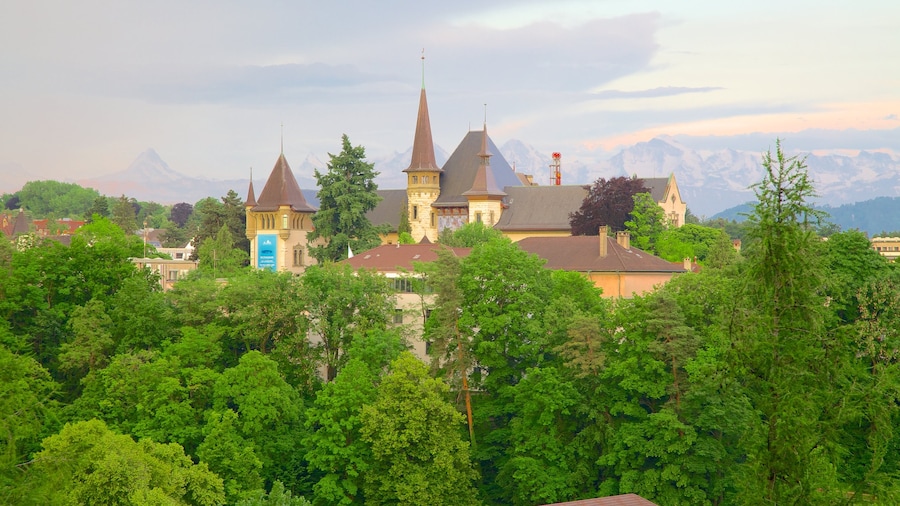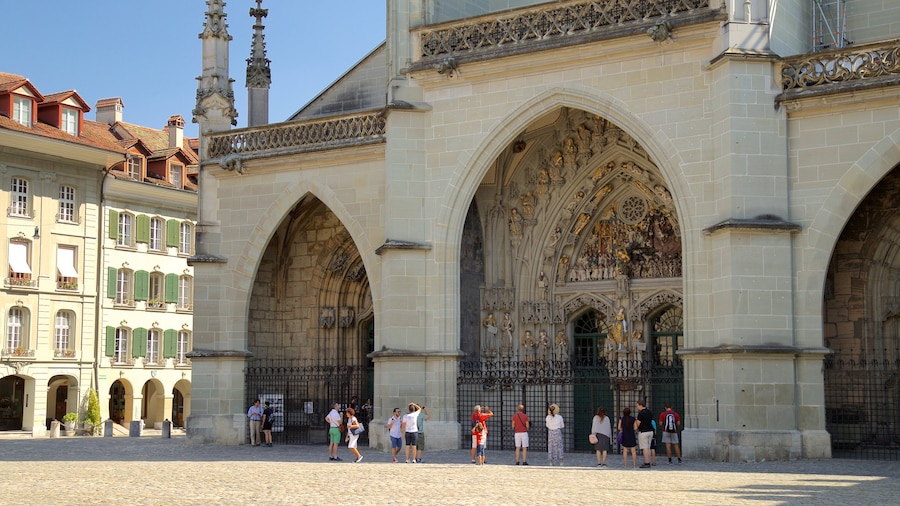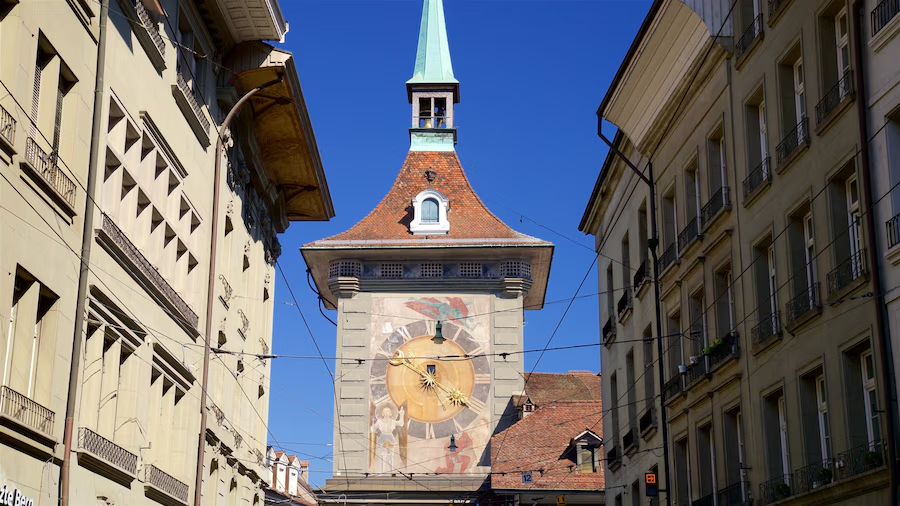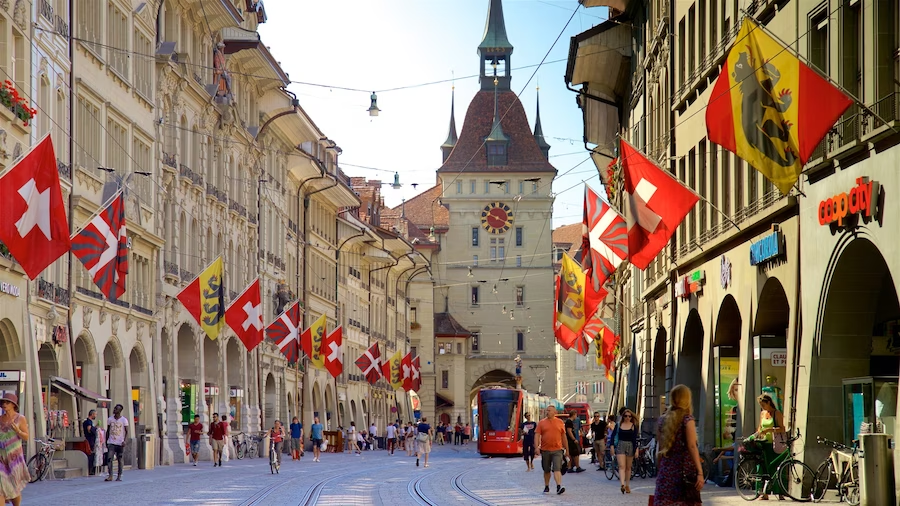Marvel at the shimmering quartz crystals and life-sized dioramas of animals in this large nature museum that traces the history of our planet.
The Bern Natural History Museum is one of the country’s most important nature museums. Take the family to this cherished institution, where you can learn together about the fascinating biological treasures on display. The extensive collection of animal dioramas and skeletons from across the ages will inspire you to think differently about nature’s formidable beasts. Sections include botany, genetics and diamonds as well as children’s exhibitions.
Walk through the natural setting of the museum’s 220 life-sized dioramas, featuring many preserved animals. Learn about the creatures that come from Africa, Asia and Switzerland. Many of the animals date back to an African hunting expedition from the 1920s. Note how the enclosures are decorated to simulate the animals’ natural habitat.
See the crowd favourite, Barry the Saint Bernard, a dog who died in the early 1800s. Peruse dioramas of almost extinct animals, such as the snow leopard, giant panda and tiger. Browse Switzerland’s largest collection of animal skeletons in the Big Bone Show. More than 300 skeletons are displayed, including those of an Asian elephant and a fin whale.
Make your way to the gleaming crystal area to look at stunning gems. Fifty quartz crystals are displayed alongside a group of rose fluorite rocks. Wonder at the mesmerizing 3-foot (1-metre) Plaggenstock crystal.
Watch films and listen to audio presentations in the Life section, which aims to treat all the senses to scientific and philosophic displays. Exhibits showing how decomposition breeds new life will teach children about the circle of life.
The museum’s entrance fee is discounted for children and large groups. The complex is open daily, making it an ideal option for Mondays, when most of the city closes down.
The Bern Natural History Museum is just south of a bend in the River Aar in the Kirchenfeld part of the city. Buses and trams stop along the Thunstrasse Road to the east. The Einstein Museum, Communication Museum and several other historic landmarks are next to the site.
